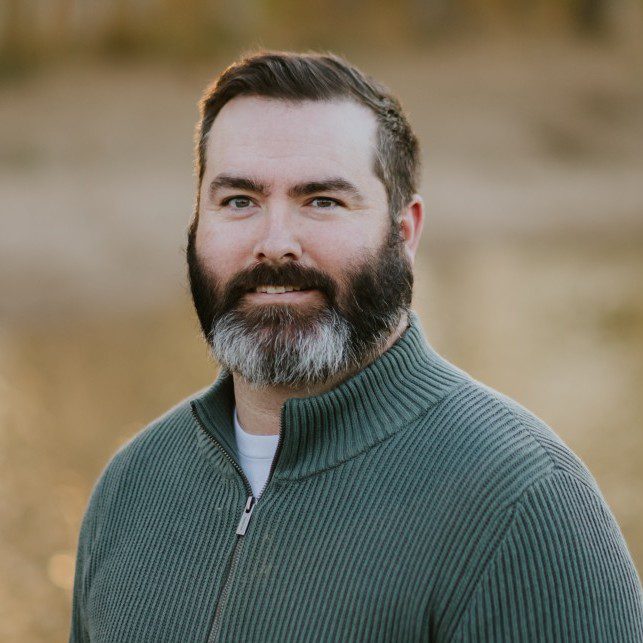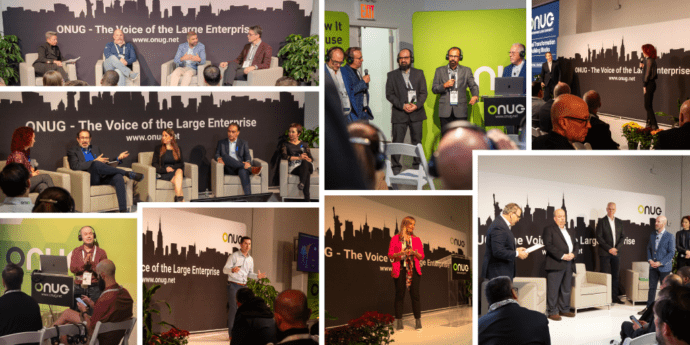From Signal to Resolution: Why Self-Healing Networks Need an Agentic Approach
It’s common to think of IT as its own silo, but the truth is that it’s become existential across the entire enterprise. And yet, when a flood of alerts hits the NOC, the response is often anything but resilient. It’s usually quite hectic as engineers scramble to correlate signals and manually trigger fixes. It’s a familiar story with a familiar question: why haven’t we solved this already?
Many enterprises have invested heavily in automation, and while visibility sometimes improves, the ability to autonomously act on that insight doesn’t. It’s time to shift the conversation from observability to orchestration and from visibility to velocity.
Enter the agentic approach to self-healing networks!
The Automation Gap
Most organizations are caught in a reactive loop where an event occurs, is detected, and an alert is generated. Maybe it’s correlated with another event; maybe. If the system is sophisticated, it recommends a fix.
But the moment of friction, the gap between insight and action, is still bridged by a human.
That’s the automation gap. And it’s the single biggest barrier to achieving true network resilience at scale.
Traditional automation solutions are often limited to deterministic workflows. While useful, these tools can’t reason, learn from patterns, or adjust based on context. They’re inflexible. And in dynamic hybrid environments, inflexibility leads to failure.
A New Model: Agentic Automation & Orchestration
Agentic automation represents a shift from static scripts to intelligent agents that are goal-driven instead of merely reactive. They combine event-driven orchestration with AI-powered reasoning to drive actions in real time, across domains.
However, one agent isn’t enough. What you need is an agent of agents: a unifying orchestration layer that turns your ecosystem into a cohesive, closed-loop framework. This layer ingests alerts from NMS, AIOps, and observability tools, correlates those events, executes remediation workflows across multivendor infrastructure, and verifies success before escalation.
All told, it can close the loop without costly human intervention.
A Self-Healing Workflow in Action
Let’s walk through a common example.
An alert from your network monitoring system reports that a core switch is reporting degraded performance. On its own, the alert is ambiguous. But the orchestration layer correlates this event with a spike in latency and a recent change to VLAN configurations. It determines that the root cause is a misconfigured port policy applied during a recent push.
The agent executes a policy-governed remediation workflow that rolls back the change and reapplies the last known good configuration. It then validates service health using CLI/API queries and, once confirmed, the incident is automatically annotated and logged in the ITSM system along with the remediation steps taken and a recommended knowledge article update.
The issue is resolved without manual queuing or triage. It’s autonomy with accountability.
Why It Matters Now
The volume and velocity of infrastructure events are accelerating. So too are leadership’s expectations. Business users expect instant recovery while regulators demand auditability. Additionally, leadership wants to reduce operational costs without increasing risk.
Self-healing systems check all three boxes. They:
- Reduce mean time to resolution (MTTR) by acting instantly on known issues.
- Prevent repeat incidents by encoding institutional knowledge into automated workflows.
- Reduce service management overhead by minimizing manual triage.
- Improve reliability by validating fixes in real time.
- Scale incident response without scaling headcount.
In short, they free your teams to focus on what matters: innovation, optimization, and transformation.
Designing for a Self-Healing Future
Of course, self-healing doesn’t happen overnight. It starts with a mindset shift from ticket-based operations to signal-based automation. Operators must challenge themselves to go from human-in-the-loop to human-on-the-loop and from static playbooks to dynamic orchestration.
To begin:
- Map high-frequency incidents that drain I&O teams’ time.
- Evaluate handoffs where signal-to-resolution loops break down.
- Start with foundational automations: common remediations like port resets, config rollbacks, VPN restarts, and access policy corrections.
- Define guardrails that allow autonomy without sacrificing control.
It’s not about boiling the ocean. It’s about building trust in both the technology and the process and scaling from there.
The Path Forward
Networks will continue to grow more complex, but that complexity doesn’t have to become a burden. With the right orchestration architecture and an agentic approach, we can shift from reacting to incidents to preventing them. We can shift from reactive firefighting to proactive, transformative governance.
The architectural patterns to enable this shift are both well understood and increasingly being adopted.



